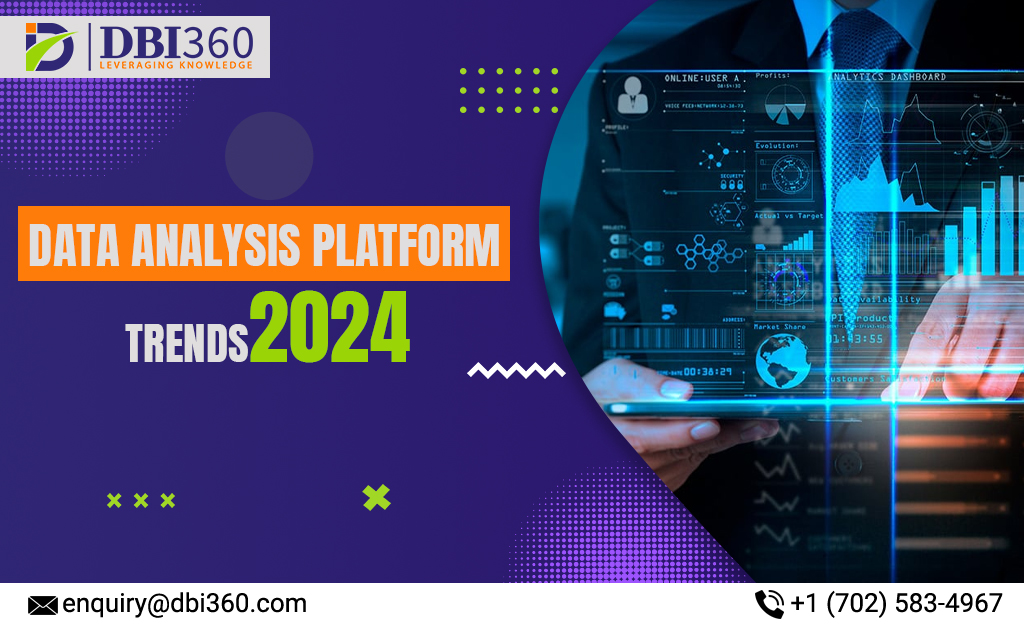In 2024, the data deluge continues. Businesses and researchers are drowning in a sea of information, and the tools they use to navigate it are evolving rapidly. So, fasten your seatbelts, data enthusiasts, because the future of data analysis platform promises exciting twists and turns.
5 New Trends to Watch Out
Here are some trends we can expect to see:
-
Augmented Analytics:
Gone are the days of data analysis being the domain of PhDs in statistics. Augmented analytics, powered by AI and machine learning, is making data accessible to everyone. Imagine automatically generated insights, visual storytelling tools, and natural language interfaces that let you ask questions of your data in plain English. This democratization of data analysis will empower researchers and business users alike to make data-driven decisions without needing a technical background.
-
LLMs and Generative AI:
Large Language Models (LLMs) and generative AI are no longer science fiction. These powerful tools can analyze vast amounts of text data, generate new hypotheses, and even write research papers. Imagine an LLM suggesting new research questions based on your data or automatically creating reports that summarize your findings. LLMs and generative AI have the potential to revolutionize the way we do research and conduct business.
-
Data as a Service (DaaS):
Just like you subscribe to Netflix for movies, DaaS offers access to pre-processed and curated data sets for a monthly fee. This eliminates the need for expensive data infrastructure and allows researchers and businesses to focus on analysis, not data collection. Expect to see a surge in DaaS offerings, catering to specific industries and research areas.
-
Edge Analytics:
With the explosion of IoT devices, the amount of data generated at the edge (think sensors, wearables) is skyrocketing. Edge analytics platforms process this data at its source, minimizing latency and enabling real-time decision-making. This is particularly relevant in fields like healthcare and manufacturing, where quick insights can be life-saving or cost-saving.
-
Graph Analytics:
Traditional data analysis often treats data points as isolated entities. But what if we could map out the connections between them? Graph analytics tools do just that, revealing hidden relationships and patterns that traditional methods might miss. This is particularly useful for fraud detection, social network analysis, and understanding complex biological systems.

Staying Ahead of the Curve:
For researchers and businesses, staying ahead of these trends is crucial. Here’s how you can benefit:
-
Early adopters of AI-powered tools will gain a competitive advantage.
-
Democratized data analysis will lead to more informed decision-making at all levels.
-
DaaS will free up resources for innovation and analysis.
-
Edge analytics will enable real-time insights for improved efficiency and safety.
-
Graph analytics will unlock hidden connections for deeper understanding.
The Way Forward
Data analysis platform is no longer just about crunching numbers; it’s about unlocking the secrets hidden within the data deluge. By embracing these trends and staying ahead of the curve, researchers and businesses can turn data into a powerful tool for discovery, innovation, and success.

